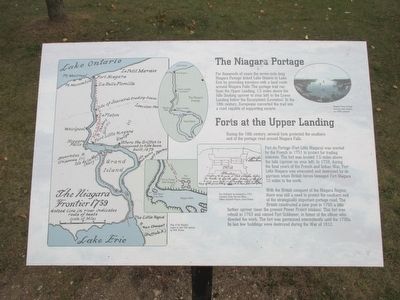Welcome to the Lispole Viaduct, a remarkable structure that stands as a testament to the ingenuity and resilience of 19th-century engineering. Nestled in the serene landscape of County Kerry, Ireland, this viaduct is more than just a feat of engineering—it’s a bridge to the past, linking us to a time of industrial ambition and innovation.
The story of the Lispole Viaduct begins in the mid-19th century, a period marked by rapid industrialization and the expansion of railway networks across Europe. The viaduct was constructed as part of the Tralee and Dingle Light Railway, which was established in 1891. This narrow-gauge railway was a crucial development for the region, improving transportation and facilitating trade and communication in the rural parts of County Kerry.
Constructed between 1890 and 1891, the viaduct was a significant engineering project of its time. It features seven spans and was built using local stone, showcasing the craftsmanship and resources available in the area. The viaduct’s construction was overseen by the renowned railway engineer, James Barton, whose work was instrumental in advancing Ireland’s railway infrastructure.
Throughout its operational years, the Lispole Viaduct played a vital role in the community. It facilitated the transport of goods such as agricultural products, livestock, and fish from the bustling Dingle Peninsula to larger markets, contributing to the economic vitality of the region. The railway line, and by extension the viaduct, also provided a means for people to travel, connecting small communities to larger towns and cities.
In the broader historical context, the viaduct is a symbol of the transformative power of the Industrial Revolution in Ireland. It represents the era’s spirit of progress and the drive to overcome geographical challenges through engineering prowess.
However, like many industrial ventures, the railway line eventually fell victim to changing times. The rise of motor vehicles and the improvement of road networks led to a decline in railway use. The Tralee and Dingle Light Railway officially ceased operations in 1953, and the viaduct was left to stand as a silent witness to a bygone era.
Today, the Lispole Viaduct remains an important cultural landmark. It serves as a poignant reminder of the past, attracting historians and engineering enthusiasts alike who marvel at its construction and historical significance. Although trains no longer rumble across its arches, the viaduct’s presence continues to inspire awe and curiosity.
As you pass by this historic structure, imagine the sounds of steam engines and the hustle of passengers and goods. The Lispole Viaduct is not just a relic of the past; it’s a bridge to a time when engineering dreams became reality, shaping the future of communities in County Kerry and beyond.


